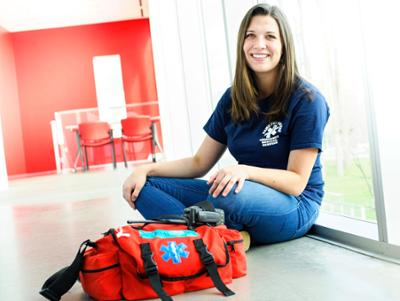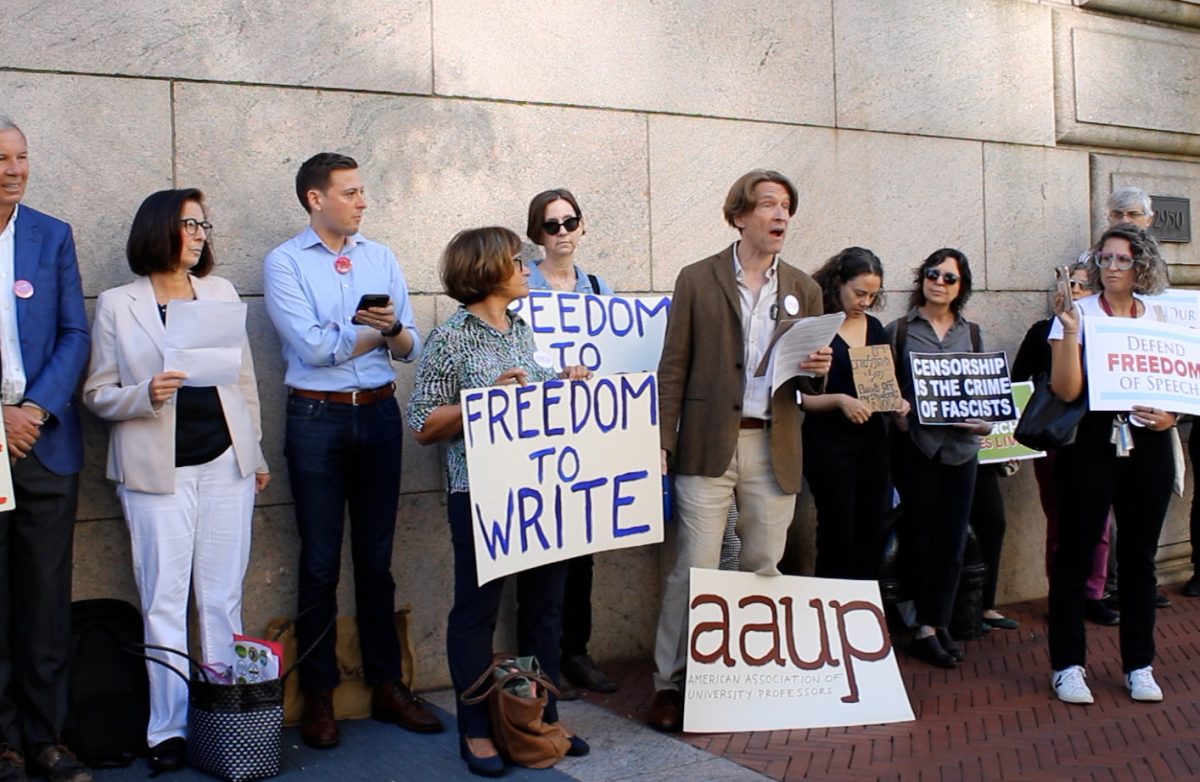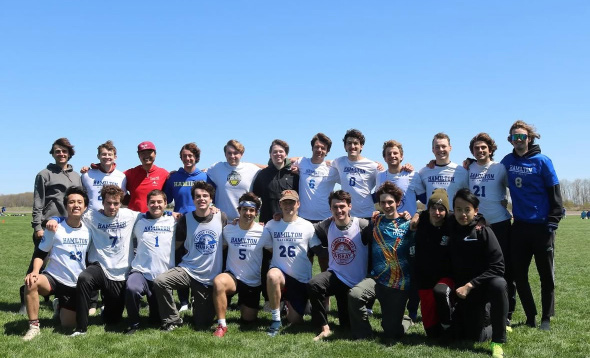
First-Years and sophomores can now apply to be part of the on-campus Emergency Medical Service Agency, a program that has been around for nearly 25 years. During an information session on Tuesday Nov. 28, attendees were told the role “won’t always be easy.”
The emergency medical services on-campus provide care to anyone who is in the campus bubble including faculty, staff, students, visiting parents and more. They work closely with campus safety. When emergencies are called in, Emergency Medical Technicians (EMTs) respond alongside campus safety, transporting life support equipment and providing crowd and scene control. Emergency Medical Services (EMS) on campus follows all of the basic life support protocols in place from New York State. On campus, they work closely with medical control and, if necessary, transfer students via ambulance to Wynn hospital, which recently opened in Utica after a grant from New York State. the duration of time they are on call. They are permitted to attend classes and participate in sports, but must leave to respond to all calls.
EMTs cannot live in Rogers Estate due to the distance from campus, and if they live in a Griffin Road apartment they must have a vehicle available. Anything that happens during a response is confidential and EMTs are bound to HIPPA laws, which makes it illegal for them to share details of the emergency. If an EMT shares info for a call that they were on they can be dismissed from the program, and possibly prosecuted legally.
The selection process is competitive, and EMT membership is limited to 25–30 students. The selection process includes attendance at mandatory meetings, an application, a personal and academic recommendation and group interviews. After acceptance into the program, the school provides student EMTs with their uniforms and equipment which includes branded shirts, jackets, an orange bag and personal protective equipment.
The program requires at least four semesters of participation. Students also work on campus for more than the standard semester; they arrive early in August and in January and they remain on campus until after Commencement in the spring. These scheduling requirements prohibit EMTs from serving as an orientation leader or a Community Advisor during their first year as an EMT. Students who volunteer for the program can potentially study abroad, but the semesters they are permitted to do so is limited. If a student is accept-ed during their first year, they are told which semester they can study abroad. However, if a student is accepted during their sophomore year, they will not have an excused semester for study abroad.
The EMT program on campus is competitive, and students who are accepted play an active role in campus safety. Those who are EMTs undergo intensive training so that they are prepared to answer any type of call, which includes regular quizzes to maintain their knowledge. The emergency medical services on campus are available 24/7 during the semester, and are closed on all breaks.
















